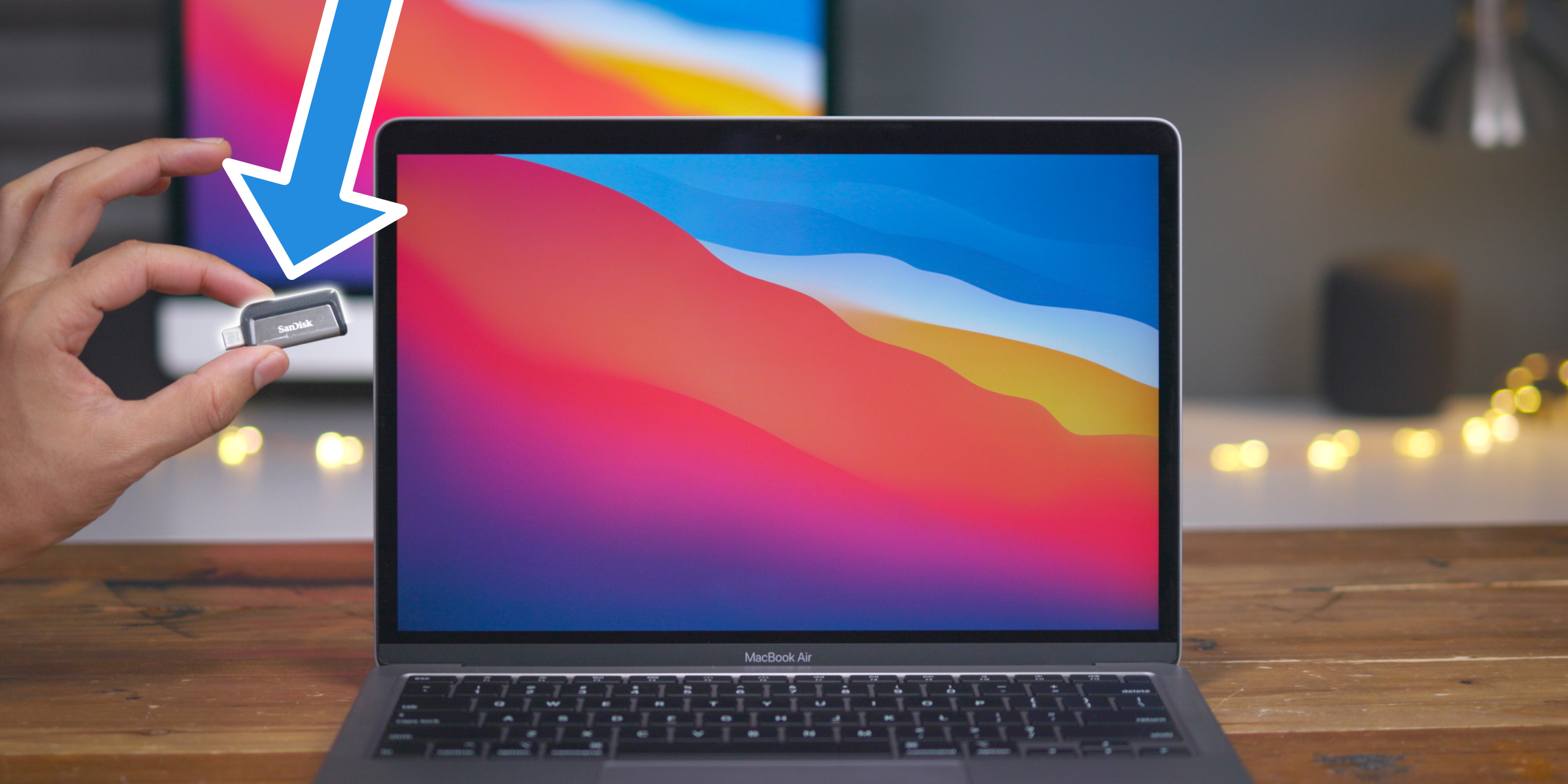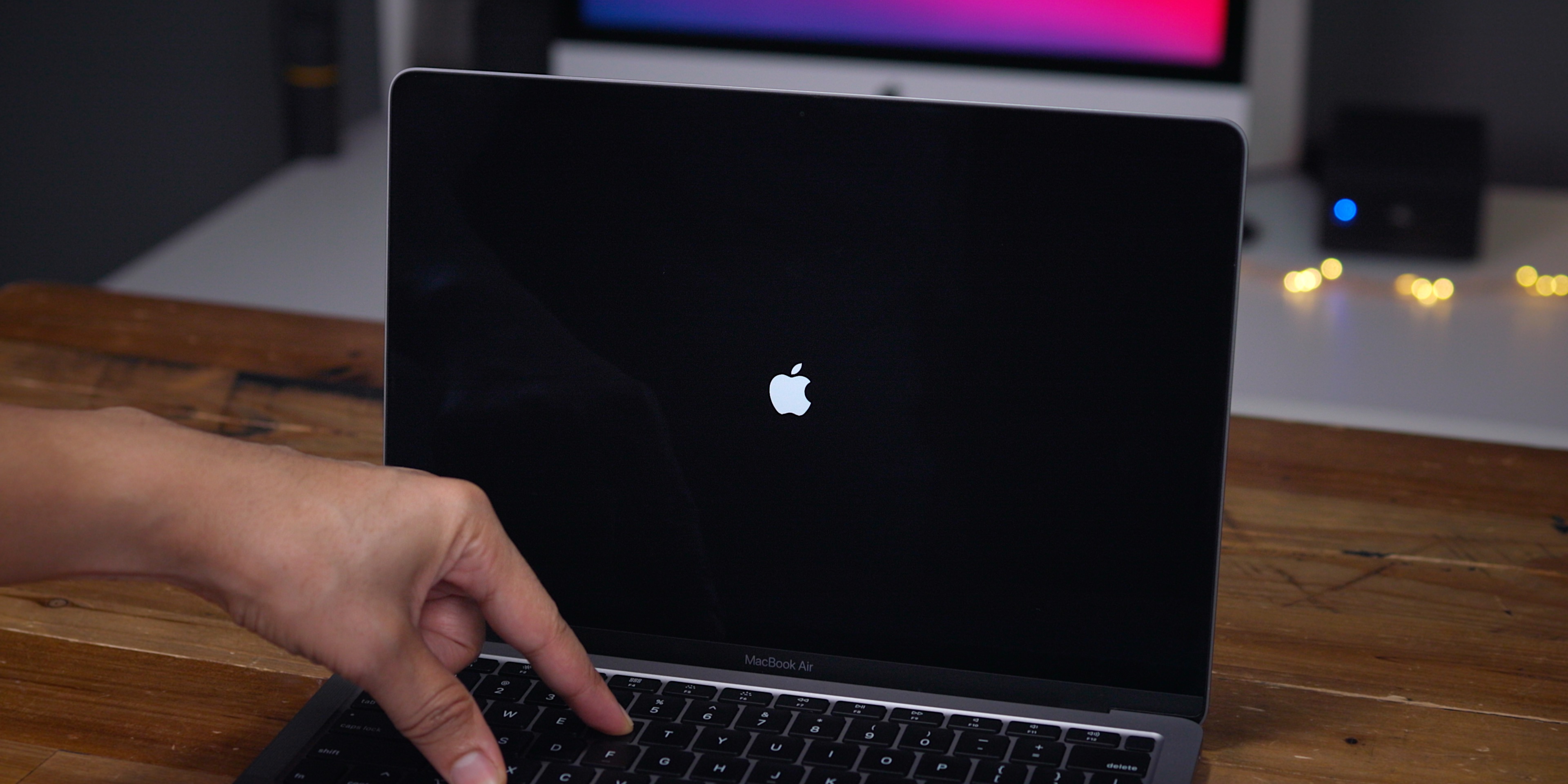

Your bootable USB for macOS Big Sur is now ready and can be used as a startup disk to install the OS on any Mac.*Quick note from Save Apple Dollars - Older OS X Images can now be downloaded directly from Apple at please right click on the image link and select “save as”. You can now quit Terminal and eject the volume.

When prompted, type your administrator password and press Return again.Sudo /Applications/Install\ macOS\ Big\ Sur.app/Contents/Resources/createinstallmedia –volu If it has a different name, replace MyVolume in the commands with the name of your volume. It assumes that the installer is in your Applications folder, and MyVolume is the name of the USB flash drive or other volume you’re using. Type or paste the following command in Terminal. Open Terminal, which is in the Utilities folder of your Applications folder. It will download to your Applications folder as an app named Install macOS Big Sur. If the installer opens after downloading, quit it without continuing installation.Ĭonnect the USB flash drive or other volume that you’re using for the bootable installer.

Here’s what you need to do to create a bootable USB drive for macOS Big Sur:ĭownload macOS Big Sur from the App Store here. While you don’t need a bootable installer to upgrade macOS or reinstall macOS, it can be useful when you want to install it on multiple computers without downloading the installer each time. Once created, you can use the bootable drive as a startup disk to install the operating system on any compatible Mac. Apple has just updated its support page on how to create a bootable USB install drive for macOS with support for its latest Big Sur release.


 0 kommentar(er)
0 kommentar(er)
